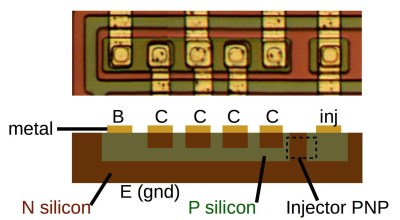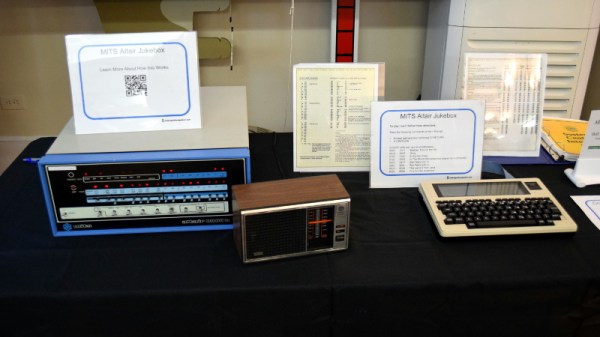You’d be forgiven if you thought software defined radio (SDR) was a relatively recent discovery. After all, few outside of the hardcore amateur radio circles were even familiar with the concept until it was discovered that cheap USB TV tuners could be used as fairly decent receivers from a few hundred MHz all the way up into the GHz range. The advent of the RTL-SDR project in 2012 brought the cost of entry level SDR hardware from hundreds of dollars to tens of dollars effectively overnight. Today there’s more hackers cruising the airwaves via software trickery than there’s ever been before.
Day: June 8, 2018
Who Said Thermal Cameras Weren’t Accessible To The Masses?
Thermal cameras hold an enduring fascination as well as being a useful tool for the engineer. After all, who wouldn’t want to point one at random things around the bench, laughing with glee at finding things warmer or colder than expected? But they’ve always been so expensive, and a lot of the efforts that have sought to provide one for little outlay have been rather disappointing.
This has not deterred [Offer] though, who has made an extremely professional-looking thermal camera using an M5Stack ESP32-based computer module and an AMG8833 thermal sensor array module in a 3D-printed case that copies those you’d find on a commercial unit. The modular approach makes it a simple prospect for the constructor, the software can be found on GitHub, and the case files are hosted on Thingiverse. You’ll be finding warm and cold things on your bench in no time, as the video below shows.
Most of the thermal cameras we’ve seen have centred upon the FLIR Lepton module, but that’s a component that remains expensive. This project shows us that thermal cameras are a technology that is slowly becoming affordable, and that greater things are to come.
Continue reading “Who Said Thermal Cameras Weren’t Accessible To The Masses?”
Space Invaders Sound Chip Went Old School With I2L
It must be everyone’s birthday today because [Ken Shirriff] has come out with a gift for us. He’s done another pass at reverse engineering the 76477 Space Invaders sound chip from the 1970s and found it’s full of integrated injection logic (I2L), making it a double treat: we get to explore the more of this chip which made sounds for so many of our favorite games, and we explore a type of logic which was to be the successor to TTL until CMOS came along.

This article has a similar shape to his last one, first introducing I2L, followed by showing us what it looks like on the die, and then covering the different functional elements which make heavy use of it. The first of these is the noise generator made up of a section of shift registers and a ring oscillator. That’s followed by a noise filter which doesn’t use I2L but does use current mirrors. And lastly, he talks about the mixer which mixes output from the noise generator and elements covered in his previous article, the voltage-controlled oscillator, and the super-low frequency oscillator. Oddly enough, and as he points out, it isn’t an analog mixer. Instead, it just ANDs together the various inputs.
[Ken’s] no stranger to putting dies under the microscope. Check out our coverage of his talk at the 2016 Hackaday SuperConference where he shows us the guts of such favorites as the Z80 and the 555 timer IC.














